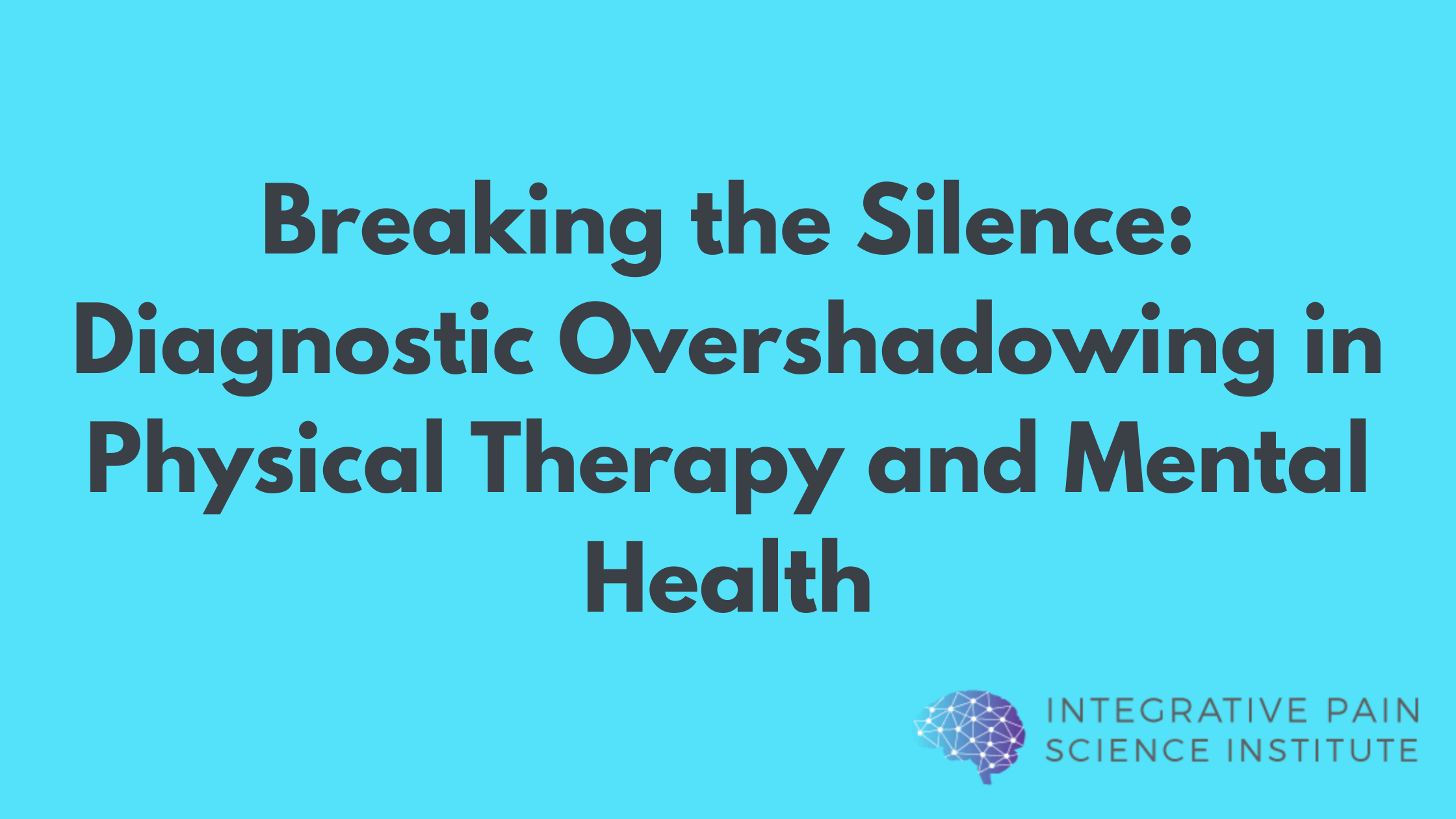If you have pain, what do you do to resolve it? Do you reach for an ice pack or do you try to massage the area? What about using NSAIDs, like ibuprofen? Have you ever considered how much of these drugs you might be taking, how long you’ve been taking them for, and if there could be any side effects?
NSAIDs are a common class of drug prescribed by practitioners or purchased by people over the counter. NSAIDs are often used to control pain, reduce fevers, and manage musculoskeletal inflammation. Although these drugs can be obtained without a physician’s prescription, they still carry significant risks, including increased risk of heart attack, stroke and other cardiovascular complications.
Patient reports and quality research forced one NSAID to be removed from the market in 2004 – rofecoxib (Vioxx) – which was withdrawn due to concerns about increased risk of heart attack and stroke in individuals who used the drug in high doses for a long period of time.
Common NSAIDs and Cardiac Concerns
While the case of rofecoxib is just one example of the cardiovascular risks associated with NSAIDs use, the effects of other NSAIDs on heart health are poorly understood. A recent study published in The British Medical Journal looked at how commonly prescribed NSAIDs might increase the risk of heart attack.
Here are 4 factors related to NSAIDs and how they might influence heart health:
- Risk Timing – how long after first use did the risk of heart attack increase?
- Dose-Effect – does more NSAID equal greater risk of heart attack?
- Treatment Duration – does taking one specific NSAID for a long time increase risk?
- Comparative Risk – do some NSAIDs on the market today increase risk more than others?
Drugs, Doses, and Durations

These are 4 of the most commonly prescribed NSAIDs (trade names are in parentheses):
- Celecoxib (Celebrex, Onsenal)
- Diclofenac (Cambia, Cataflam, Voltaren)
- Ibuprofen (Advil, Motrin, Nuprin)
- Naproxen (Aleve, Naprosyn, Naprelan)
An average dose was then calculated, with below that number considered a “low dose” and above that number considered to be a “high dose” for each of the NSAIDs:
- Celecoxib = 200 mg/day
- Diclofenac = 100 mg/day
- Ibuprofen = 1200 mg/day
- Naproxen = 750 mg/day
Duration of NSAIDs use was broken down into 3 groups:
- 1-7 days
- 8-30 days
- Longer than 30 days
The Results
The study used a huge sample size (over 446,000 patient cases) to examine how real-world NSAIDs use could affect heart health and increase the risk of heart attack. After examining the data, what the researchers found was very surprising.
Taking any dose of the 4 common NSAIDs for any length of time was associated with increased risk of heart attack. High doses of both ibuprofen and naproxen for long periods of time were associated with the greatest increase in the risk of heart attack.
Here’s how the results related to the 4 factors the researchers looked at:
- Risk Timing – the risk of heart attack rapidly and immediately increased during the week of first use for all 4 NSAIDs
- Dose-Effect – risk of heart attack increased with the daily amount of NSAIDs used
- Treatment Duration – taking NSAIDs for longer doesn’t equal higher risk, but the increase in risk for heart attack remained high for the entire time the patients used the drugs
- Comparative Risk – certain combinations of drug, dose, and duration proved to be potentially more damaging than others
Most interesting is that the researchers found the risk of heart attack actually decreased over time immediately after the last dose of NSAIDs was taken by the patients in this study.
What Can I Do?

While the dangers of opioid medications are well-known, the risks associated with prolonged NSAIDs use is not as well-established. It is very important for individuals starting a course of treatment with NSAIDs know and understand the risks to heart health associated with this family of drugs.
If you find that you have been using either of those medications for a long period of time, talk to your physician or physical therapist about alternative methods for pain management. Exercise, meditation, and other methods have all been shown to help with chronic pain.
Take Home Points
- Any dose of the 4 common NSAIDs can rapidly increase risk of heart attack, especially during the first week of use
- Taking high doses of either ibuprofen (>1200 mg/day) or naproxen (>750 mg/day) for 8-30 days caused the greatest increase in risk of heart attack of all the NSAIDs
- Those who have other predisposing factors (CVD, CAD, high blood pressure, etc.) may be particularly vulnerable to this increase in risk
- The increased risk of heart attack immediately begins to drop back down to normal after the last dose of NSAIDs



